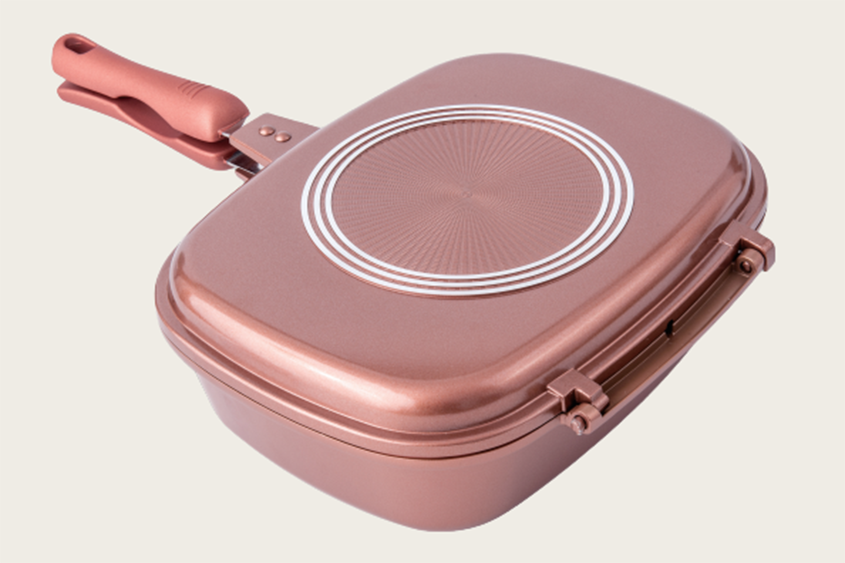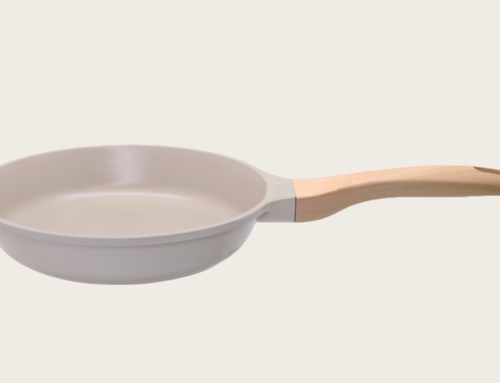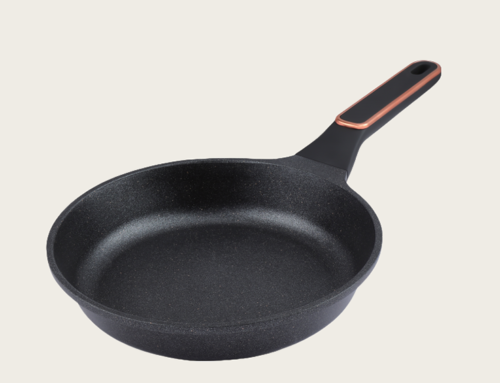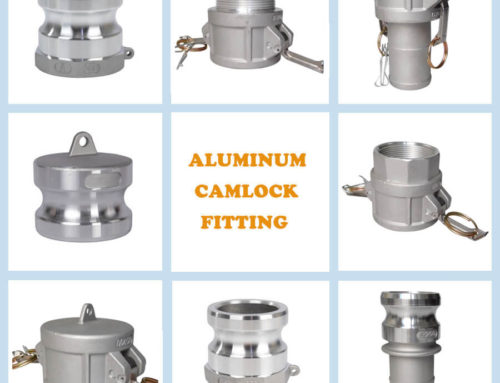Introduction
Cookware is an essential part of every kitchen, but its environmental impact is often overlooked. From production to disposal, the materials and manufacturing processes of fry pans contribute to pollution, resource depletion, and waste. This article examines the environmental footprint of different types of fry pans—non-stick, cast iron, and stainless steel—and explores eco-friendly alternatives and sustainable choices for conscious consumers.
Materials and Their Environmental Footprint
1. Non-Stick Pans (Teflon & Ceramic)
Non-stick pans are popular for their convenience, but their environmental impact is significant:
- Teflon (PTFE) Pans:
- Made from polytetrafluoroethylene (PTFE), a synthetic chemical that requires energy-intensive production.
- Historically involved PFOA (a toxic chemical) in manufacturing, though most brands have phased it out.
- Non-biodegradable and difficult to recycle, often ending up in landfills.
- Overheating releases harmful fumes, contributing to indoor air pollution.
- Ceramic Non-Stick Pans:
- Generally more eco-friendly than Teflon since they are PTFE-free.
- Made from natural materials like silica (sand) but may still contain trace metals.
- Shorter lifespan than cast iron or stainless steel, leading to more frequent replacements.
2. Cast Iron Pans
Cast iron has been used for centuries and is known for its durability:
- Pros:
- Made from iron and carbon, both abundant and recyclable materials.
- Extremely long-lasting—can be passed down for generations if maintained properly.
- No toxic coatings, making it a safer and more sustainable choice.
- Cons:
- Energy-intensive production due to high melting temperatures.
- Requires seasoning (oil coating) to prevent rust, which may involve animal fats in traditional methods.
3. Stainless Steel Pans
Stainless steel is a common choice in professional kitchens:
- Pros:
- Made from iron, chromium, and nickel, which are recyclable.
- Highly durable and resistant to corrosion.
- Can be fully recycled at the end of its life.
- Cons:
- Mining chromium and nickel has environmental and ethical concerns (e.g., habitat destruction, labor issues).
- Food can stick easily, requiring more oil or butter for cooking.
The Lifecycle of a Fry Pan: Production, Use, and Disposal
1. Production
- Non-stick pans require chemical processing, which can release pollutants.
- Cast iron involves high-energy smelting but has a longer lifespan.
- Stainless steel production is resource-heavy but benefits from recyclability.
2. Use Phase
- Non-stick pans degrade over time, especially if overheated or scratched.
- Cast iron and stainless steel can last decades with proper care.
3. Disposal
- Teflon pans are rarely recycled and often end up in landfills.
- Ceramic-coated pans may break down but still contribute to waste.
- Cast iron and stainless steel can be repurposed, donated, or recycled.
Eco-Friendly Alternatives
1. Ceramic-Coated Pans (PTFE-Free)
- A better alternative to traditional non-stick pans.
- Look for brands that use non-toxic, water-based coatings.
2. Recycled and Upcycled Materials
- Some companies now produce cookware from recycled stainless steel or aluminum.
- Second-hand cast iron pans are a great sustainable option.
3. Green Manufacturing Practices
- Choose brands that prioritize renewable energy in production and ethical sourcing.
Tips for Sustainable Cookware Choices
- Prioritize Durability: Opt for cast iron or stainless steel for long-term use.
- Buy Second-Hand: Thrift stores often have high-quality, vintage cast iron pans.
- Avoid Cheap Non-Stick Pans: They wear out quickly and contribute to waste.
- Proper Maintenance:
- Season cast iron regularly to extend its life.
- Use wooden or silicone utensils to prevent scratching non-stick surfaces.
- Recycle Responsibly: Check local recycling programs for metal cookware.
Conclusion: Making Environmentally Conscious Decisions in the Kitchen
The environmental impact of fry pans depends largely on their materials, production methods, and lifespan. While non-stick pans offer convenience, they often come with a higher ecological cost. Cast iron and stainless steel are more sustainable choices due to their durability and recyclability. By opting for eco-friendly materials, buying second-hand, and maintaining cookware properly, consumers can reduce their kitchen’s environmental footprint.
Ultimately, the most sustainable pan is the one that lasts the longest. Making informed choices helps protect the planet while still enjoying the benefits of high-quality cookware.






Leave A Comment